M Finance 3rd Edition By Cornett – Test Bank
Multiple Choice Questions
1. The area of management concerned with designing and overseeing the process of production is which of the following?
A. Production science
B. Production management
C. Operations management
D. Operations science
2. A production strategy that attempts to improve a firm’s return on investment by reducing in-process inventory and associated carrying costs as much as possible is which of the following?
A. Production management
B. Operations management
C. Almost late
D. Just in time
3. The inventory order quantity that minimizes total holding and ordering costs is which of the following?
A. Barabus economic order quantity (EOQ)
B. Cornett economic order quantity (EOQ)
C. Operations management
D. Production management
4. Which of the following is defined as costs associated with not having sufficient cash, inventory, or accounts receivable?
A. Net working capital costs
B. Opportunity costs
C. Shortage costs
D. Cash cycle costs
5. Which of the following is defined as the cost or forgone opportunity of using an asset already in use by the firm, or a person already employed by the firm, in a new project?
A. Net working capital cost
B. Opportunity cost
C. Shortage cost
D. Cash cycle cost
6. To trace cash flows through the firm’s operations, we must measure which of the following? (It is the time necessary to acquire raw materials, turn them into finished goods, sell them, and receive payment for them.)
A. Cash cycle
B. Operating cycle
C. Transaction cycle
D. Production cycle
7. Operating cycle is measured as:
A. inventory turns minus average collection period.
B. inventory turns plus average collection period.
C. days’ sales in inventory minus average collection period.
D. days’ sales in inventory plus average collection period.
8. Which of the following is NOT one of the five basic elements of the kaizen approach of productivity improvement?
A. Teamwork
B. Improved morale
C. Quality circles
D. Suggestions for personal discipline
9. Choosing the optimal level of investment in each current asset type involves a trade-off between carry costs and:
A. opportunity costs.
B. financing costs.
C. safety costs.
D. shortage costs.
10. Which of the following current asset financing policies reflects the decision to finance the peaks of current assets with long-term debt and equity that provides the firm with a surplus of cash and marketable securities most of the time, except during peak asset demand?
A. Flexible financing policy
B. Restrictive financing policy
C. Compromise financing policy
D. Alternative financing policy
11. Which of the following current asset financing policies reflects the firm financing the seasonally-adjusted average level of asset demand with long-term debt and equity enabling it to use both short-term financing and short-term investing as needed?
A. Flexible financing policy
B. Restrictive financing policy
C. Compromise financing policy
D. Alternative financing policy


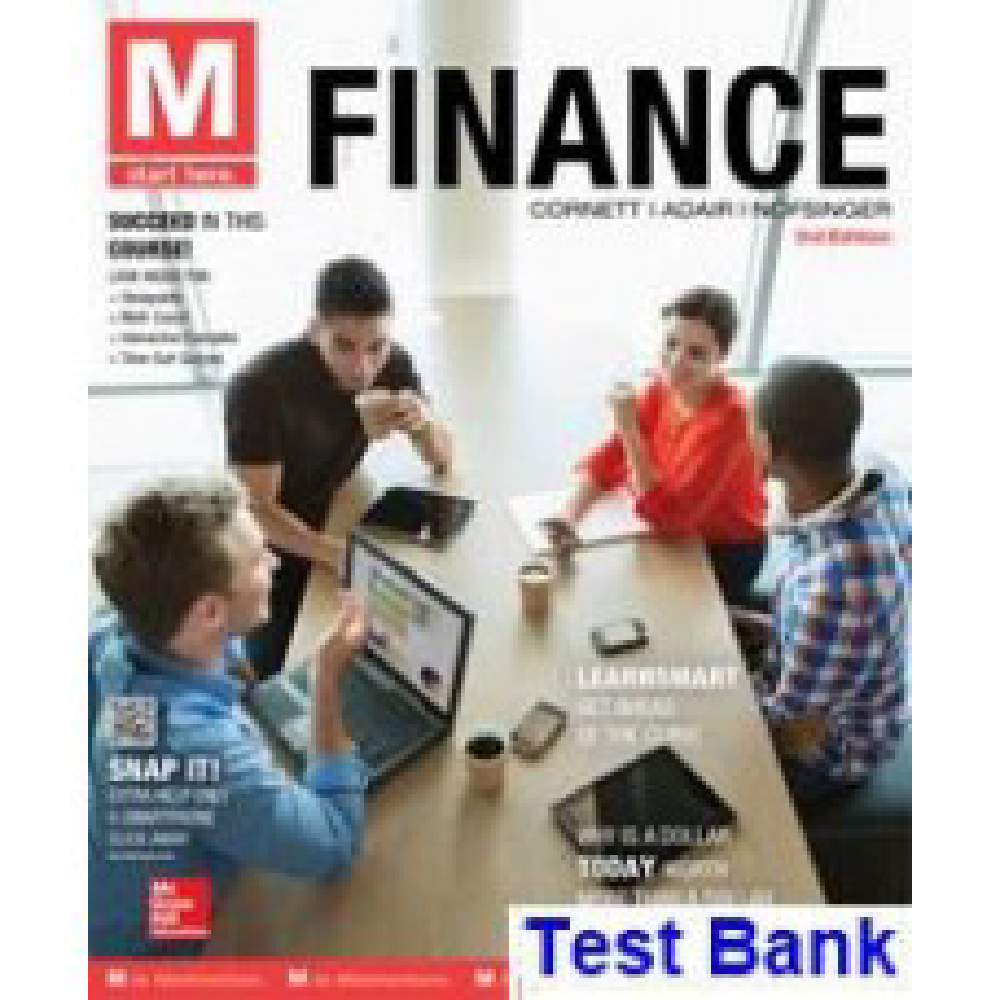
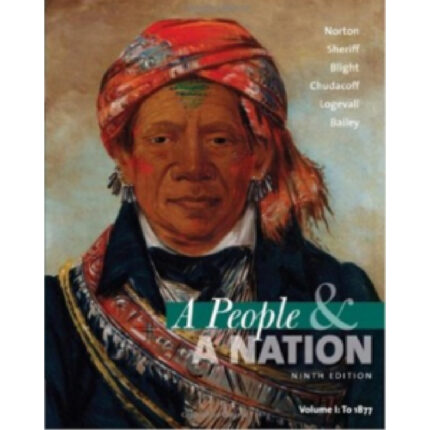

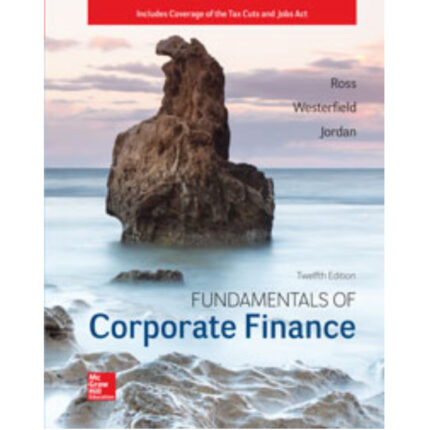



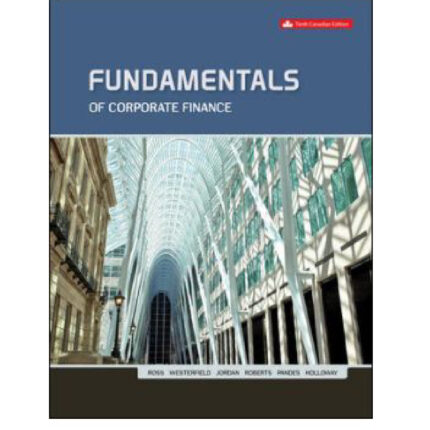

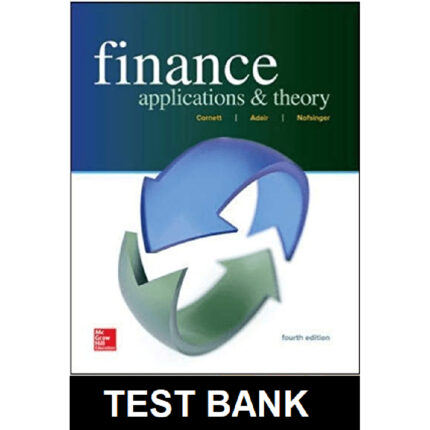

Reviews
There are no reviews yet.